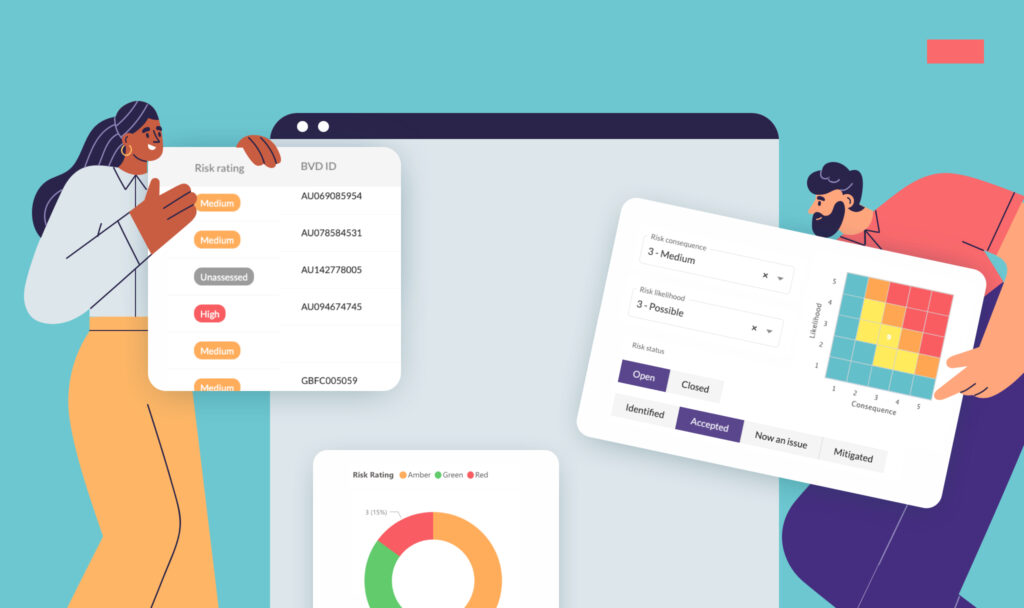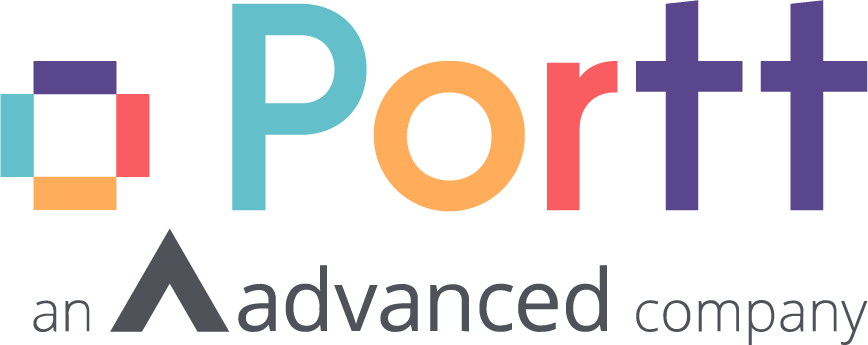Risk management is key to contract lifecycle management (CLM) success, but its complex negotiations and administration processes mean the constant danger of costly mistakes.
However, an effective and flexible risk management plan can eliminate mistakes and forgetfulness, meaning you can make more strategic decisions by avoiding your contracts just rolling over automatically.

Let’s take a closer look at what good risk management in CLM looks like.
What is contract risk management?
Having the ability to manage risk is an essential skill in the world of procurement. Risk management is the process of identifying potential risks in CLM before the process commences and creating a risk management plan to lessen the chance of those risks occurring.
The International Organisation for Standardisation states that managing risk involves:
- setting strategy, achieving objectives and making informed decisions;
- being part of governance and leadership, and is fundamental to how the organisation is managed at all levels.
- contributing to the improvement of management systems
- considering the external and internal context of the organisation, including human behaviour and cultural factors.
Contract risk management involves applying these principles when managing your organisation’s procurement contracts.
Why is contract risk management important?
Ineffective contract risk management can see your organisation making difficult and expensive mistakes, as well as potentially failing to meet reporting standards.
A contract risk management plan ensures you are fully equipped with the right knowledge to avoid unnecessary risk. It minimises your exposure to liabilities that could be damaging to your reputation and/or operations.
Contract risk management allows you to strategically track, view, search and audit your contractual obligations to make sure you’re meeting the critical terms your business has agreed to meet.
What skills do I need to manage risk?
Contract risk is predominately managed by your organisation’s procurement team, with the responsibility falling on their shoulders to make sure contracts are managed effectively.
Let’s explore the skills needed for good risk management in a CLM.
1. Communication
In order to manage risk effectively, you need to be able to communicate with key stakeholders and staff to ensure everyone understands the role they personally play in risk mitigation for the business.
Good communication skills also enable you to better negotiate with contractors and external businesses, enabling free-flow communication that builds trusting and productive professional relationships.
2. Business understanding and strategic thought
A thorough understanding of your organisation is vital in risk management, such as knowing the business’s strategic direction, goals and appetite for contract risk in order to secure the best procurement outcomes. Being strategic and having the skills to problem solve allows you to proactively identify potential risks and develop appropriate solutions.
3. Resourcefulness and planning
Being resourceful by drawing on the functions and people available to you will allow you to work quickly and address risk management errors as soon as possible.
Effective planning skills and the ability to think with foresight also ensure your risk management plan is actioned through the entire contract lifecycle, thereby protecting your organisation from financial, reputational or security harm.
Tips for managing risk in a CLM system
Before you can manage the risk in your CLM system, you need to know how to properly identify risks in your processes where they exist. Sit down with your team and discuss questions like:
- Which of our contracts have the highest exposure to risk? (You could look at the financial terms, the privacy rules, or the use of specific clauses)
- Are there any ‘weak links’ in your CLM process that introduce risk or leave you vulnerable to it?
- What specific regulatory compliance risks do you have to manage in your contracts?
- Is geography a factor in your contracts? Do you work with parties managed by different regulatory compliance requirements as they are in different states, countries or legal jurisdictions?
From here, you can start improving risk management within your CLM.
What is a risk management plan?
A risk management plan is your organisation’s plan of attack for identifying, analysing, evaluating and treating contractual risk.
A risk management plan should cover the following:
- Your procurement objectives (what your procurement is hoping to achieve)
- The scope of your procurement
- Key procurement stakeholders (both internal and external)
- Your procurement strategy
- Your procurement context (such as legislation, external requirements, timeframes, required specialist knowledge, and lessons learnt in the past)
- Risk management responsibilities (key staff members who manage procurement risk)
- Risk identification (common procurement risks for your business)
- Risk analysis (how likely is it to happen and what are the impacts/consequences)
- Risk evaluation(is the risk low, moderate or high?)
- Risk treatments
- Risk monitoring and revision as time goes on
- A risk register (a table recording the likelihood, consequence, associated risk rating and treatment of the risk)
1. Use encryption to protect contract data
Encryption protects your contracts from the risk of unauthorised access. Contract information should be encrypted both when ‘in storage’ and ‘during transit’ (when being sent externally to or from users).
2. Maintain control over contract versions
It’s crucial to maintain version control throughout the contract negotiation process when you have many stakeholders accessing the same documents. Changes must be tracked and users should be able to edit and review documents simultaneously. This will avoid the duplication and version loss that can occur when there are ten versions of the same document digitally circulating between stakeholders.
3. Use automated workflows and e-signatures to enforce business processes
Every stage of your CLM needs to have automated documented contract workflows based on the risk management plan your business has put together. This ensures everyone involved in the process stays compliant, mitigating the risk of human error.
Missed steps and incorrectly completed forms are common in the world of procurement, but automated contract management workflows eliminate this risk. Software automation also allows you to easily provide evidence of contract compliance if you are ever audited.
Streamline your CLM process
If you’re looking to streamline your organisation’s contract management processes and reduce procurement risk, we can make it happen. Portt’s industry-leading, user-friendly contract lifecycle management software gives you:
- Automated procurement activity to reduce the risk of human error
- Streamlined approval and management flows for enhanced organisational effectiveness
- Total version control with all contract documentation.
Get in touch with Portt via email or by phone (02 9079 1908) for a no-obligation chat about what your procurement team needs, and what we can do for your business.



